Catherine Schuman
Highlights
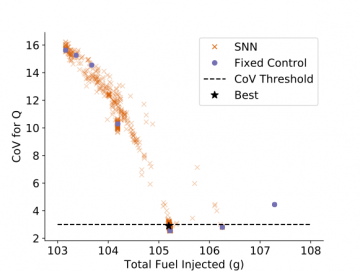
Neuromorphic computing offers one path forward for AI at the edge. However, accessing and effectively utilizing a neuromorphic hardware platform is non-trivial. In this work, researchers…
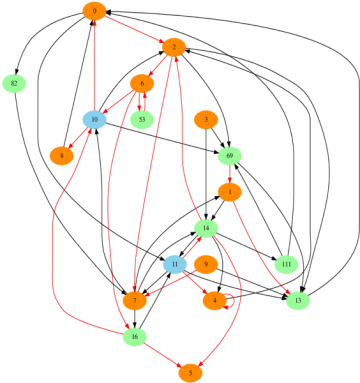
Caspian provides a development platform for neuromorphic algorithms and applications research. The C++ and Python APIs allow for quick and flexible development of new algorithms and…
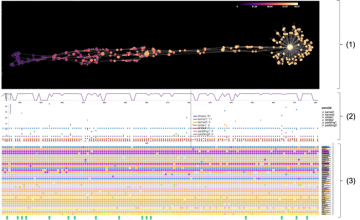
Deep learning is actively used in a wide range of fields for scientific discovery. To effectively apply deep learning to a particular problem, it is important to select an appropriate network…
Neuromorphic architectures provide a low energy and highly parallelized framework for many tasks. In this document we demonstrate that neuromorphic computing systems can be used to deploy classical…
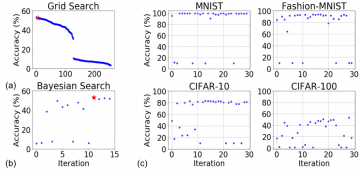
In this work, the researchers introduced a Bayesian approach for optimizing the hyperparameters of an algorithm for training binary communication networks that can be deployed to neuromorphic…
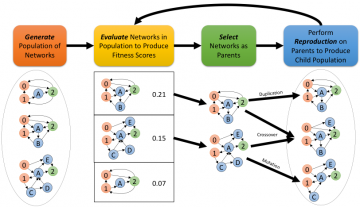
Designing and training an appropriate spiking neural network for neuromorphic deployment remains an open challenge in neuromorphic computing. In 2016, researchers from ORNL introduced an approach for…

Though robustness and resilience are commonly quoted as features of neuromorphic computing systems, the expected performance of neuromorphic systems in the face of hardware failures is not clear.…

Designing spiking neural networks for neuromorphic deployment is a non-trivial task. It is further complicated when there are resource constraints for the neuromorphic implementation, such as…
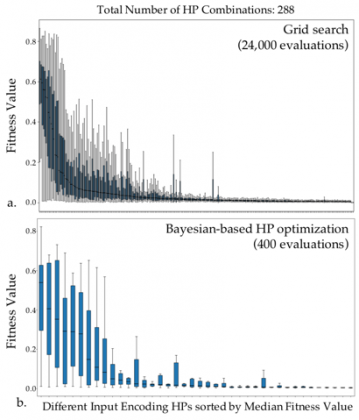
Designing a neuromorphic computing system involves selection of several hyperparameters that not only affect the accuracy of the framework, but also the energy efficiency and speed of inference and…

Neuromorphic architectures are designed and developed with the goal of having small, low power chips that can perform control and machine learning tasks. However, the power consumption of the…
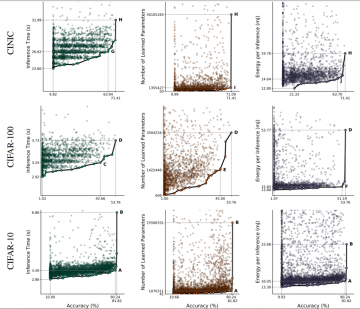
In this work, we discuss an approach for that utilizes high-performance computing (HPC) to evolve the hyperparameters and topology of convolutional neural networks in order to investigate the ability…
